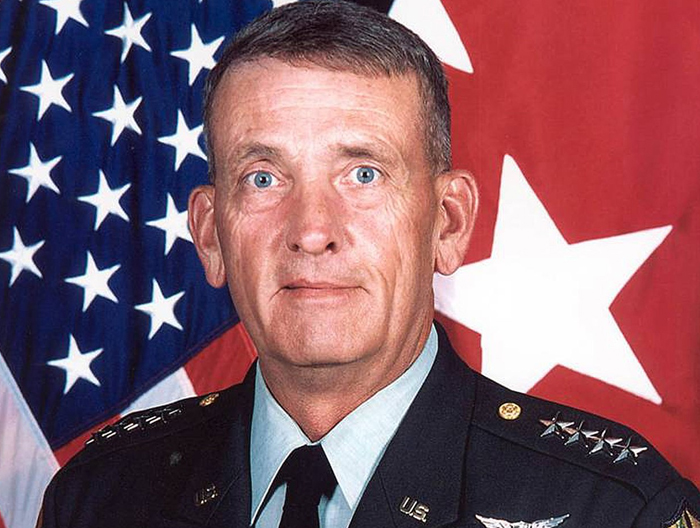
Op-Ed by The University of Birmingham
“…measuring the success of combat should not be based on the number of dead enemies. International Humanitarian Law limits conflict to only that which is strictly necessary to achieve the overall military objectives. Therefore, now, as has ever been the case, the destruction of one’s enemy is not the objective militaries should be seeking.”
“My number is 25. It’s not a number that fills me with satisfaction, but nor does it embarrass me.”
Prince Harry, the Duke of Sussex, has revealed in his new book Spare, that due to advances in military technology, he can say with certainty the number of people he killed during the time he served in the army in Afghanistan.
(Prince Harry details his time fighting the Taliban in Afghanistan in his new book and reveals exactly how many people he killed. Courtesy of news.com.au and YouTube. Posted on Jan 5, 2023.)
His public claim that his ‘body count’ is 25 has had a negative reaction, to say the least. It has opened a discussion about the role individual soldiers’ body counts should, or should not, play when discussing military action or operations.
The counting of deaths during armed conflict has had a difficult history.
During the Vietnam war, the U.S. controversially measured its progress by the number of enemy deaths.

Several decades later, during the Iraq war in 2003, U.S. General Tommy Franks famously said “we don’t do body counts” reasoning that progress in achieving combat aims was contextual.
Over recent decades the increased data-fication of life generally, and in the armed forces more specifically, has led to a heightened focus on the recording of casualties of conflict, whether civilian or combatant.
However, this data is inherently limited due to the considerable ‘fog of war,’ and finding accurate data is a herculean task.
Significantly though, measuring combat success should not be based on the number of dead enemies. International Humanitarian Law limits conflict to only that which is strictly necessary to achieve the overall military objectives.
Therefore, now, as has ever been the case, the destruction of one’s enemy is not the objective militaries should be seeking.
That said, there are legitimate and valid reasons to record casualties of armed conflict.
 States are legally required to review their military operations to ensure that they meet the principles of International Humanitarian Law, particularly in relation to collateral damage.
States are legally required to review their military operations to ensure that they meet the principles of International Humanitarian Law, particularly in relation to collateral damage.
The law permits the loss of civilian life during an armed conflict, but limits this so that civilian casualties should not be excessive in relation to the concrete and direct military advantage anticipated.
This proportionality assessment must be carried out before an attack and assessed afterward. Any excessive loss of civilian life could amount to a war crime and states are obliged to investigate any such incident.
Thus, when the information on body counts remains linked to the context and relates to more than an individual soldier’s recollection, it can be a valuable tool for assessment and accountability.
Another important reason for the existence of body counts is to account for the loss of life, preserve the memory of those who have died, and honor the victims and their families.
Independent projects such as the Bosnian Book of the Dead, which lists the 95,940 names of those killed in the Balkans conflict, can facilitate the reconciliation efforts needed in post-conflict regions.

Body counts can be political tools used to further conversations about accountability.
When the contextual data is made available beyond militaries, it can be used by NGOs, researchers, journalists, and local organizations to develop strategies and to challenge governments.
Above all, we should never forget that those numbers relate to people, all of whom have families, and all of whom should be respected.
Courtesy of The University of Birmingham.
AST strives to meet a 3 STAR trustworthiness rating, based on the following criteria:
- Provides named sources
- Reported by more than one notable outlet
- Includes supporting video, direct statements, or photos

















